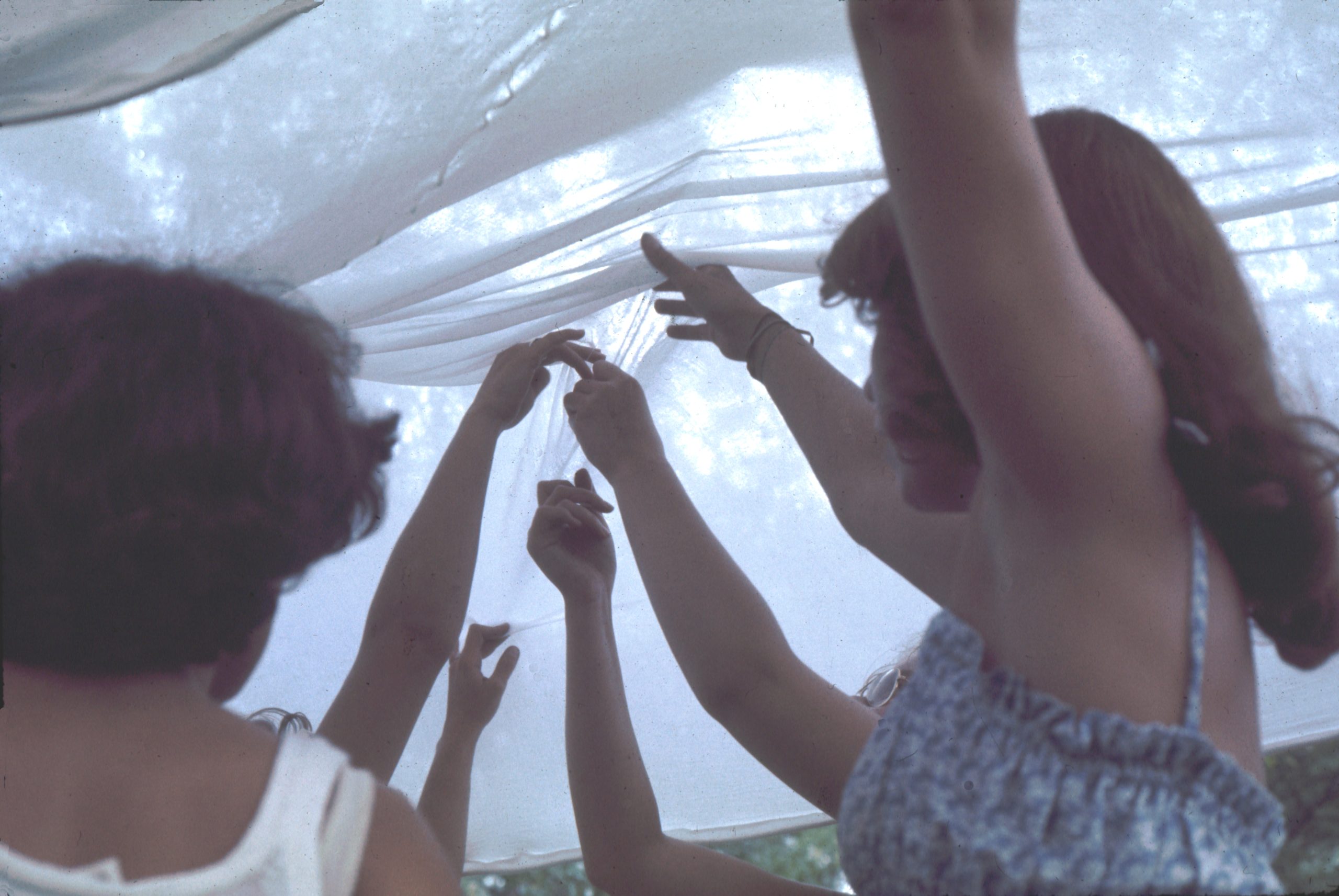
Aleksandra Kasuba
Aleksandra Kasuba, environmental artist (b. 1923, Ginkūnai, Lithuania – d. 2019
Albuquerque, United States). Aleksandra Kasuba began her studies of art in
Lithuania. In 1942-1943 she studied at the Kaunas Institute of Applied and
Decorative Art, and in 1943 at the Vilnius Academy of Arts. In 1944, as the front
line was approaching, she fled to the West together with her husband sculptor
Vytautas Kašuba. In 1947 she imigrated to the USA. Lived and worked in New
York from 1963, before moving to New Mexico in 2001.
Throughout her active creative period, the artist tried her hand at diverse means of
expression: figurative ceramics, mosaic, and abstract wall reliefs in brick, marble
and granite for public spaces in American cities. By far the most widely known
example of such reliefs was a granite wall decoration at the World Trade Centre in
New York (1986), destroyed together with the building during the 9/11 terrorist
attack in 2001. Yet the most original part of Aleksandra Kasuba’s work comprises
experimental tensile fabric structures – environment without right angles, which
she created from 1970s to 1980s. The artist’s documents and works on papers from
1942-2019 are stored in the Smithsonian Institution’s Archives of American Art.
She also donated her works 1942-2018 and collection of digital images to the
Lithuanian National Museum of Art, which was presented in the her solo
exhibition Shaping the Future: Environments by Aleksandra Kasuba at the
National Gallery of Art on 2021. More about her practice: here
Environmental Whiz Bang Quick City 2 by Aleksandra Kasuba. 1972. May 26–June 4, Woodstock, NY.
Digital Archive of Aleksandra’s Kasuba, The Lithuanian National Art Museum of Art







